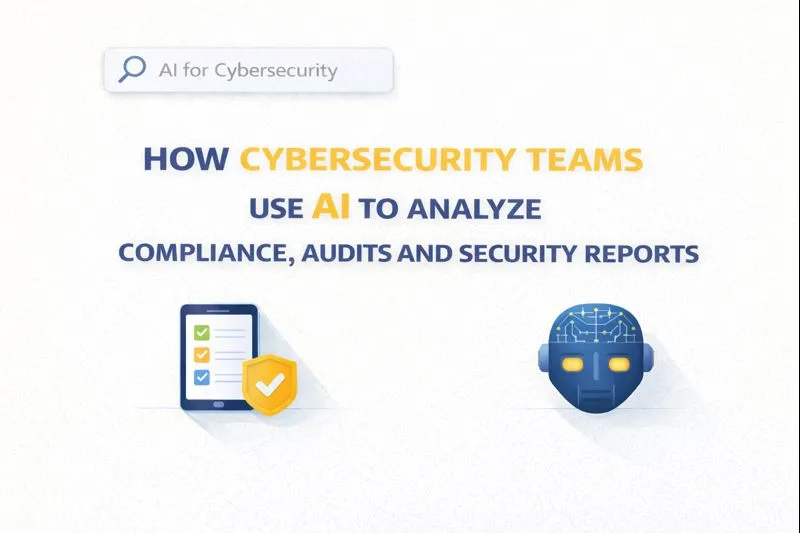AI-Powered Keyword Research for pSEO
TL;DR
Introduction: The Evolution of Keyword Research in pSEO
Okay, so keyword research– it's changed a lot, right? Remember when it was just, like, guessing what people typed into Google? It's way more complex now, especially with programmatic SEO, or pSEO, becoming a bigger thing.
Let's break down how things have evolved, cause it's kinda important:
- Traditional keyword research, well, it had limits. It was slow, manual, and you'd often miss opportunities. Think hours spent in Google Keyword Planner, hoping you find somethin' good. ryrob.com explains why you need to use a keyword research tool to rank faster in search engines.
- Then ai comes along and changes everything. It helps find relevant keywords faster and predict trends. Junia ai's free ai Keyword Research tool uses the latest data from Google Keyword Planner, making it more reliable Junia AI.
- Programmatic SEO (pSEO) is on the rise. (Programmatic SEO: The #1 Growth Hack for Modern Businesses) It's about creating tons of pages based on keyword variations, often targeting niche long-tail queries. So, you need efficient keyword strategies to keep up.
Basically, ai is making keyword research for pSEO way more powerful and efficient, which is kinda essential now.
Now, let's dive into how ai actually does this stuff.
Why AI is a Game-Changer for Keyword Research
Ai's not just a buzzword, it's seriously changing the keyword research game. Forget those old, tedious methods, ai is here to speed things up and bring a new level of precision.
- Ai can process huge datasets way faster than any human, finding hidden keyword opportunities and predicting emerging trends.
- It automates boring tasks, like sifting through endless lists of keywords and identifying patterns you might miss.
- This means you get insights quicker and can actually, you know, use them faster to inform your pSEO strategy.
So, what other ways ai is helping with keyword research? Let's get into precision and relevance.
Leveraging AI Tools for pSEO Keyword Discovery
Okay, so you're probably wondering how these ai tools actually work for finding those pSEO keywords, right? It's not magic, I promise.
- Picking the Right Tool: When selecting an ai keyword research tool, consider its data sources (is it pulling from up-to-date Google data?), its ability to identify long-tail variations and semantic relationships, and its user-friendliness. Tools that offer competitive analysis and trend forecasting are also a plus.
- Seed Keywords and Refinement: Start with broad seed keywords like "dog food" or "cybersecurity tips." Then, refine these by adding modifiers like location ("best dog food for puppies in california"), intent ("how to choose cybersecurity tips"), or specific features ("grain-free dog food reviews"). Ai tools can then expand on these, uncovering variations like "hypoallergenic dog food for sensitive stomachs" or "latest cybersecurity tips for small businesses."
- The ai then spits out a list of related keywords, variations, and long-tail stuff you might not have thought of.
- After you generate keywords, you can input them into an ai writer such as Junia AI to create content suggestions.
Now, let's talk about finding the good keywords in that pile.
Creating Targeted Content with AI-Driven Keywords
Alright, so you've got your ai-powered keywords – now what? Time to turn 'em into content that actually works.
- Integrate Keywords Naturally: Don't just stuff 'em in; that's so 2005. Use them in headings, meta descriptions, and, of course, the body. Think of it like seasoning– gotta be just right.
- Optimize for Search Engines: We're talkin' on-page seo: title tags, internal and external links, URL structure, image alt text, and even schema markup to help search engines understand your content better. User experience signals are also crucial.
- Use AI Writing Assistants Effectively: They're great for outlines and drafts, but you gotta refine it, make sure it's accurate and readable. For pSEO content, prompt your ai writer with specific keyword clusters, target audience details, and desired content structure (e.g., "Generate an outline for a blog post targeting the keyword 'best budget laptops for students', including sections on performance, battery life, and price comparison. Ensure natural keyword integration.").
Basically, ai helps, but human touch is still key.
Now that we've covered creating content with AI-driven keywords, we can see how this naturally leads to broader applications of AI in pSEO, particularly in scaling and automation.
pSEO and AI: A Perfect Match
AI and pSEO, they're like peanut butter and jelly, right? It's a killer combo when you get it right, enabling you to scale your efforts and automate repetitive tasks.
- Scaling is huge: ai can generate tons of content variations, like different landing pages for every keyword cluster or location.
- Automation helps: Think less manual work and more ai doing the heavy lifting on articles, freeing you up for strategy.
- But, don't forget quality's still key: You still gotta make sure all these pages are actually good, or what's the point?
Up next, let's look at personalization.
Case Studies: Successful pSEO Campaigns Using AI
Okay, so you're thinking about how ai actually helps businesses with pSEO? It's not just theory, people are seeing real results.
- Many organizations are using ai to find untapped keywords. For example, a lot of companies are using ai to reveal their competitors' keywords.
- AI-driven content personalization is boosting conversions. Like, imagine tailoring landing pages to each specific long-tail keyword; ai makes that way easier.
- Ai also is helping with content creation at scale. Like, you can generate loads of variations for different locations or product types.
Consider a healthcare provider using ai to target specific patient concerns. Instead of general terms, they are using really niche search terms to attract patients. Or a retailer; ai is helping them find seasonal trends, this is helping them stay ahead of the curve.
Continual Refinement: Monitoring and Adapting Your pSEO Strategy
Okay, so you've got your pSEO strategy up and running, but it's not a "set it and forget it" kinda thing, ya know? Things change, so you gotta keep an eye on stuff.
- Track Keyword Performance: Use tools like Google Analytics, Google Search Console, or dedicated SEO platforms (e.g., Semrush, Ahrefs) to see how your keywords are ranking and how much traffic they are actually bringing in. If something's not working, ditch it, or try something new.
- Watch for Algorithm Updates: Google changes its algorithm all the time. Keep up with the latest news from reliable sources like Search Engine Journal, Search Engine Land, or Google's own Search Central blog, so you don't get blindsided and lose your rankings. Algorithm updates are important because they can dramatically change a website's search results ranking YouTube.
- Optimize, Optimize, Optimize: Always be optimizin' your content, make sure its relevant, accurate, and gives users a great experience.
Basically, pSEO is an ongoing process, not a one-time deal. Keep refining, and you'll be golden!
Next, we'll look at common mistakes to avoid.
Conclusion: The Future of pSEO is AI-Powered
Okay, so, ai-powered pSEO isn't just a trend; it's kinda the future, ya know? Things are only gonna get more automated and efficient.
- Embracing ai means more efficient workflows. Ai just speeds everything up, from keyword research to content creation.
- Expect better results. It ain't just about saving time; ai can find opportunities you'd totally miss otherwise.
- Keep an eye on emerging AI trends. For example, advancements in natural language understanding (NLU) will likely lead to even more sophisticated content generation and analysis, while ai-powered predictive analytics could help anticipate future search trends. Ipsos noted that staying up to date with ai trends helps maintain a competitive advantage Ipsos.
Basically, get on board with ai or get left behind, simple as that.




